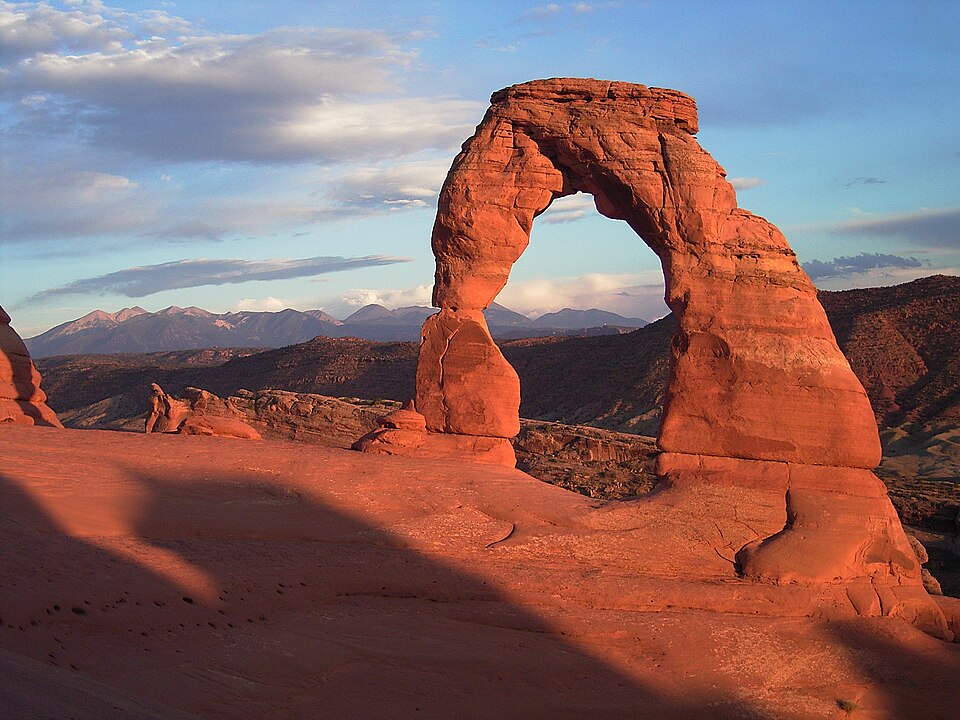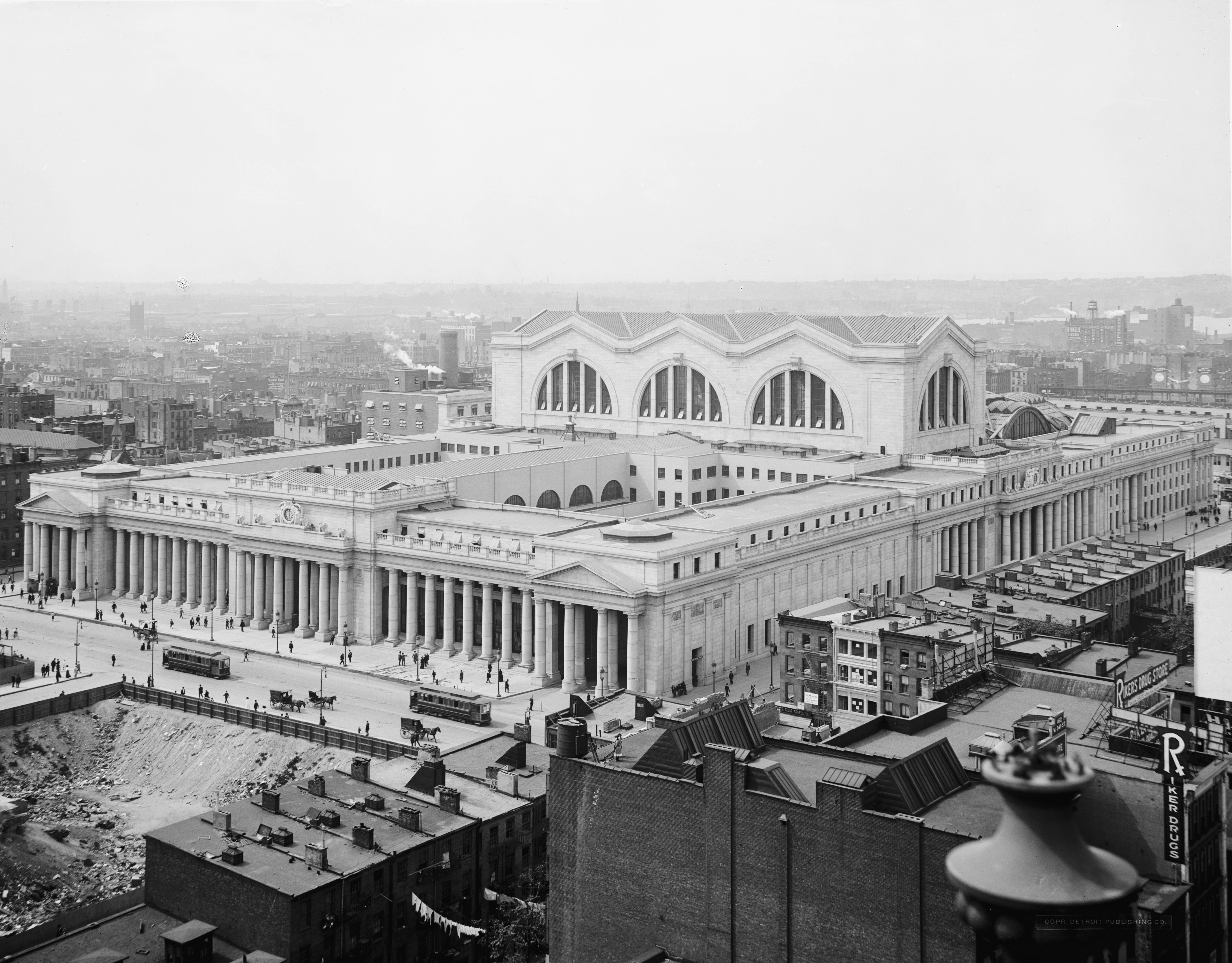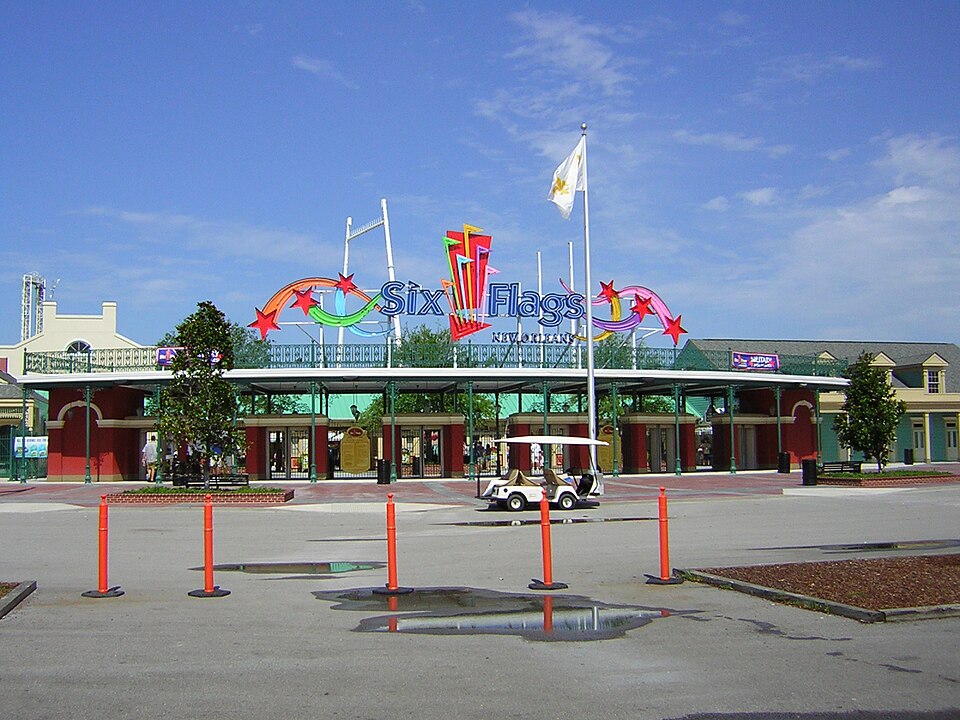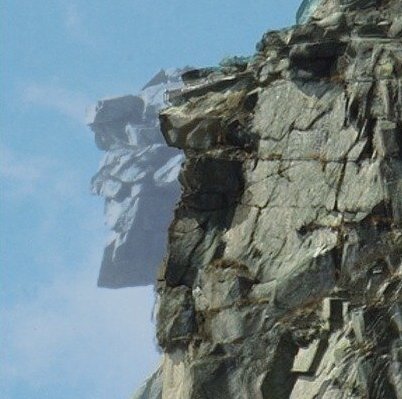Across the United States, beloved landmarks have disappeared almost overnight, leaving behind photos, memories, and a strange emptiness on the map. Some fell to storms and shifting stone, others were erased by wrecking balls or quiet corporate decisions. A few still echo through murals, theme-park ruins, or lonely highway signs pointing to nowhere in particular. Together, their stories trace how fragile even “permanent” icons can be, and how quickly a familiar viewpoint can turn into a ghost.
Wall Arch, Arches National Park, Utah

For decades, hikers on the Devils Garden Trail rounded a bend and suddenly met Wall Arch, a huge sandstone span hanging in midair above the red desert floor. In early August 2008, stress fractures finally won; sometime overnight, the arch collapsed in a roar no one heard, dumping tons of rock and blocking the trail. Rangers later found the fallen giant and fresh cracks in the remaining rock, a reminder that even signature arches in this park are temporary sculptures.
Hikers who visited the site after the collapse described a strange hush along the trail, as if the desert hadn’t quite adjusted to the absence. The fallen blocks looked freshly broken, their inner stone still pale compared to the sunburned exterior, making the loss feel immediate and raw. Even without the arch, the spot still draws people who want to stand in the footprint of something that once defined the skyline.
Disney’s River Country, Bay Lake, Florida
Disney’s first water park opened in 1976 with faux cliffs, rope swings, and lake-fed pools that felt like a rustic swimming hole with a corporate grin. As newer parks like Typhoon Lagoon and Blizzard Beach arrived, attendance dwindled, and a series of tragic child deaths cast a dark shadow over the carefree branding. After closing “temporarily” in 2001, River Country was left to rot behind fences until its remnants were finally demolished in 2019 to make way for a new resort project.
Original Pennsylvania Station, New York City, New York

The original Penn Station arrived in 1910 like a Roman temple of rail travel, with soaring ironwork and pink granite eagles watching over Manhattan commuters. As rail ridership declined, the railroad sold the air rights, and in 1963 demolition started despite protests from architects and preservationists begging the city to “renovate, not amputate.” By 1968 the Beaux-Arts headhouse was gone, replaced by Madison Square Garden and offices, while scattered eagles and buried fragments became relics fueling America’s historic-preservation movement.
Duckbill Rock, Cape Kiwanda, Oregon
Duckbill Rock looked exactly like its name: a sandstone hoodoo perched above the Pacific, tilting toward the wind with a comical, photogenic profile. Fenced off for safety, it still drew people who slipped past warning signs to pose on the edge. In 2016, a group of vandals was filmed toppling the formation, later claiming they were eliminating a hazard. The hoodoo shattered in seconds, ending a natural landmark that had survived storms but not a few minutes of human impatience.
Locals were stunned not just by the loss but by how abruptly it happened, especially since the formation had weathered decades of brutal Pacific winds. The empty patch of cliff where the hoodoo once stood feels oddly bare, as though a familiar punctuation mark has been erased from a sentence. For many residents, its destruction symbolized the growing tension between fragile natural spaces and impulsive human behavior.
Stardust Hotel and Casino, Las Vegas, Nevada
For nearly half a century, the Stardust glittered on the Strip with neon stars, cheap buffets, legendary entertainers, and whispered stories about mobbed-up money. Opening in 1958 and later expanding to more than 1,500 rooms, it hosted acts from The Temptations to Siegfried & Roy while quietly bleeding cash through mismanagement and shifting Vegas tastes. The casino closed in 2006 and was imploded the following year to clear space for the ambitious Echelon project, which stalled and ultimately gave way to Resorts World Las Vegas.
Wawona Tunnel Tree, Yosemite National Park, California
In Mariposa Grove, the Wawona Tree turned a giant sequoia into a living gateway when a tunnel was cut through its trunk in 1881 to impress early tourists. Cars once drove beneath its reddish heartwood, posing for photos that suggested these trees would stand forever. Leaning and weakened, the sequoia finally toppled under heavy snow in February 1969, ending the spectacle but not the tree; its fallen trunk still lies on the forest floor, massive and motionless, shifted from roadside attraction to quiet monument.
Jump-Off Joe, Newport, Oregon
On Nye Beach, visitors once stared up at Jump-Off Joe, a 100-foot sandstone sea stack that seemed to stride out of the surf, arch and all. Formed before the 1880s and once attached to the mainland, it slowly separated, then lost its arch in 1916 as waves chewed at its soft rock. By 1970 only ragged stumps remained, and by the late 20th century the landmark had essentially vanished, existing mostly in old postcards and erosion case studies rather than on the actual shoreline.
Old-timers along the coast still talk about how Jump-Off Joe shifted year after year, almost like a living creature retreating from the waves. Families returning each summer noticed a little more missing, a little more slumped into the surf. By the time the landmark finally disappeared, it felt less like a single collapse and more like watching a familiar character fade from the stage.
Six Flags New Orleans, Louisiana

Opened as Jazzland in 2000 and rebranded as Six Flags New Orleans a few years later, the park packed its low-lying site east of the city with coasters and carnival noise. When Hurricane Katrina hit in 2005, storm surge from Lake Pontchartrain flooded the park in corrosive water for weeks, destroying roughly 80 percent of its rides and buildings. The gates never reopened, leaving a rusting, graffiti-covered shell that became an infamous ruin until demolition finally began as part of the Bayou Phoenix redevelopment.
In the years after Katrina, the park became a magnet for photographers, filmmakers, and curious residents drawn to its eerie stillness. Sun-faded signs, half-submerged ride structures, and twisted metal created a surreal landscape that looked frozen in the moment the storm hit. The haunting imagery eventually turned the abandoned site into an unofficial monument to the storm’s lingering impact on the region.
Old Man of the Mountain, Franconia Notch, New Hampshire

High above Profile Lake, five granite ledges once aligned into the unmistakable profile of a stern old man, a face sacred to Abenaki and Mohawk communities and beloved statewide. Engineers fought weathering with chains, cement, and steel rods, but freeze-thaw cycles kept prying at hidden cracks. Sometime before dawn on May 3, 2003, the ledges finally let go, and the famous profile crumbled down the cliff. New Hampshire kept the image on license plates while residents built memorial lookout frames to remember the vanished visage.
How Erased Landmarks Still Shape the Map
Even after stone arches fall, hotels implode, or theme parks sink into marshland, the places they occupied do not feel empty. Travelers still tell stories about the last photo taken under a sequoia, a summer visit to a doomed water park, or the eerie silence of a flooded coaster. Lost landmarks live on in preservation laws, redevelopment plans, and family myths, quietly reminding people that landscapes are always in motion and that even icons have an expiration date.
Sources
- Wall Arch Collapse Report
- Wall Arch collapses overnight
- Why Disney Closed River Country
- The Rise and Fall of River Country
- Jump-Off Joe historical record
- Duckbill Rock vandalism coverage
- Duckbill Rock destroyed at Cape Kiwanda
- Abandoned Six Flags New Orleans timeline
- Katrina impact reports
- Penn Station demolition files
- Stardust implosion coverage
- Wawona Tunnel Tree history
- Collapse documentation


